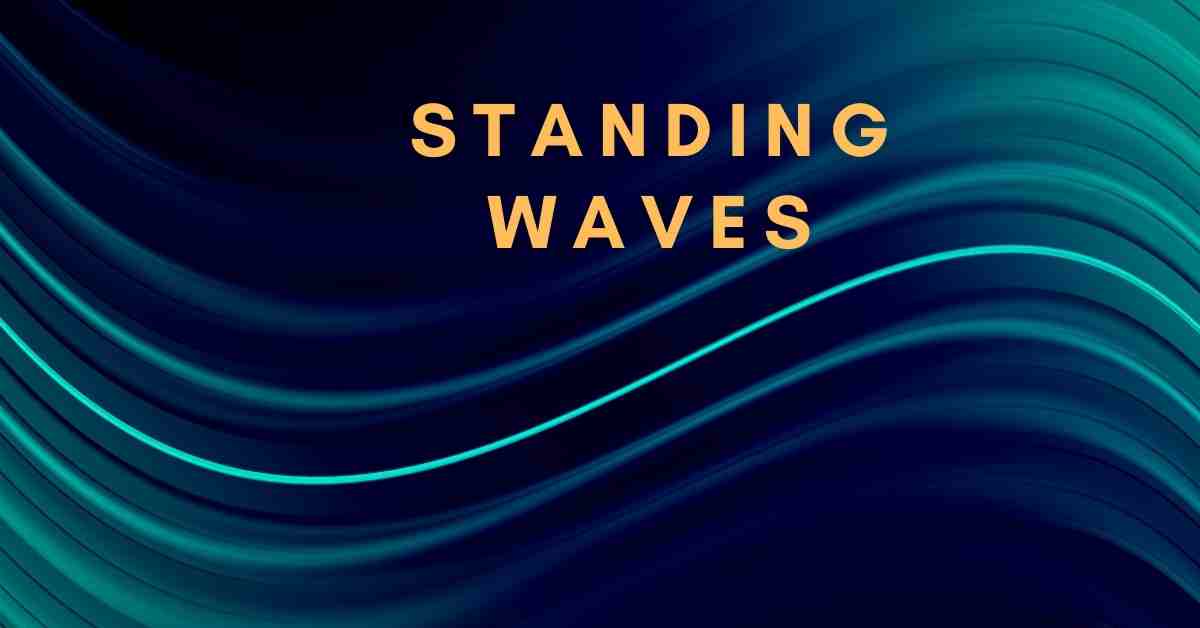Alliteration (also known as head rhyme, start rhyme, or front rhyme) is a linguistic technique in which a string of words or sentences repeats the same letter or letter combinations. For Instance, ‘tasty tacos’ is an alliteration, but ‘thirty typists’ is not since the letters ‘th’ and ‘ty’ do not sound the same.
Some more examples of alliteration are:
- Peter Piper picked a peck of pickled peppers.
- A good cook could cook as many cookies as a good cook could cook cookies.
- A black bug bit a big black bear.
- Sheep should sleep in a shed.
- A big bug bit the little beetle, but the little beetle bit the big bug back.
Table of Contents
Why We Need Alliteration?
When two or more words in a phrase beginning with the same sound, this is referred to as alliteration. Using alliteration in your poetry might help it become more memorable or emphasize specific themes you wish to convey. However, When employed excessively, alliteration can backfire by drawing readers’ attention away from the message and onto the speaker. However, in moderation, it is a tried-and-true method for entertaining while informing.

More Examples
- Holding hands
- Whispering Wind
- Sweet and Simple
- Misty Mountains
- “Happy as a Horse”
- Leaping Lizards
- Burning Bright
- quick question
- Money matters
- picture perfect
- High heaven
This approach is frequently used as a mnemonic device to help individuals remember information, such as an address or information for a college test they are studying for. Another common argument for using alliteration is that it is highly marketable. There are several instances in which alliteration may be utilized to enhance branding and marketing site content.
- Dunkin Donuts
- Coca-Cola
- Krispy Kreme
- Best Buy
- Weight Watchers
- Spic-N-Span
- Captain Crunch!
Difference between allliteration and consonance
| Alliteration | Consonance |
| Alliteration is a type of consonance in which repeated consonant sounds occur at a stressed syllable. It differs from consonance in that the consonants in this case are repeated at the beginning of two or more words in a phrase. | Consonance is a stylistic literary trick that involves the repeating of similar or identical consonants after a couple or more syllables in a sentence. The vowels in such words, however, vary. |
| Examples: Better batter makes batter better. Paw Patrol Door Dash | Examples: The first and last brush sweeps fast and best. He said he would come home hot and on foot. |
Alliteration is the usage of the same sound near the beginning of many words repeatedly. Consonance is the fast recurrence of the same consonant sound wherever in a word or sentence. Consonance can occur at the beginning, middle, and end of a word, whereas alliteration occurs just at the beginning.
More Interesting Topics
Funny Jokes
Cover Letter Template
Jokes And Riddles
Funny Jokes For Kids
Technical Writing
Frequently Asked Questions
1. What is the Googlebot called?
Googlebot is a generic name for Google’s web crawler. Googlebot is the umbrella term for two sorts of crawlers: a desktop crawler that mimics a desktop user and a mobile crawler that simulates a mobile device user.
2. How does the concept of brainstorming work?
Brainstorming is a group activity in which each member expresses their ideas as they arise. Ideas are classified and graded at the end of the session for further action.
3. What is meant by the Internet of Things?
The Internet of Things (IoT) is a computer concept that aims to turn our physical environment into a complex and dynamic network of linked objects on a massive scale. In other terms, the Internet of Things refers to physical items equipped with sensors, computing power, software, and other technologies that communicate with and exchange data with other devices and systems over the Internet or other communication networks.
4. Define alliteration?
Alliteration (also known as head rhyme, start rhyme, or front rhyme) is a linguistic method in which a string of words or phrases uses the same letter or letter combinations over and over. ‘Tasty tacos,’ for example, is an alliteration, but ‘thirty typists,’ is not since the letters ‘th’ and ‘ty’ do not sound the same.
5. What is money laundering?
Money laundering is the process of concealing the origins of illegal money by passing it through a complex sequence of banking transactions.
6. What is smurfing?
Many criminals participate in an activity called smurfing.
Smurfing involves dividing cash gained through illegal activities and giving the funds to different people (the Smurfs).
Smurf proceeds to make multiple deposits into multiple accounts at different banks.
7. Are gross pay and basic pay the same?
Gross pay and basic pay are not the same. The basic wage is the amount agreed upon between a company and its employees, excluding bonuses, overtime, or other forms of additional remuneration.
On the other hand, a gross salary includes overtime pay and bonuses but excludes taxes and other deductions.
More Links
STEM Education| 5 Easy Key Points
What is Software Piracy?
Flash| Vector-Graphic Animation Technology
What Is an Au Pair|Au Pair Meaning & Average pay
mu (µ )-A Greek Letter
What is Microfarad?
- BCl3 Lewis Structure in four simple steps - November 1, 2023
- PH3 Lewis Structure in four simple steps - October 8, 2023
- PF3 Lewis structure in four simple steps - September 24, 2023



